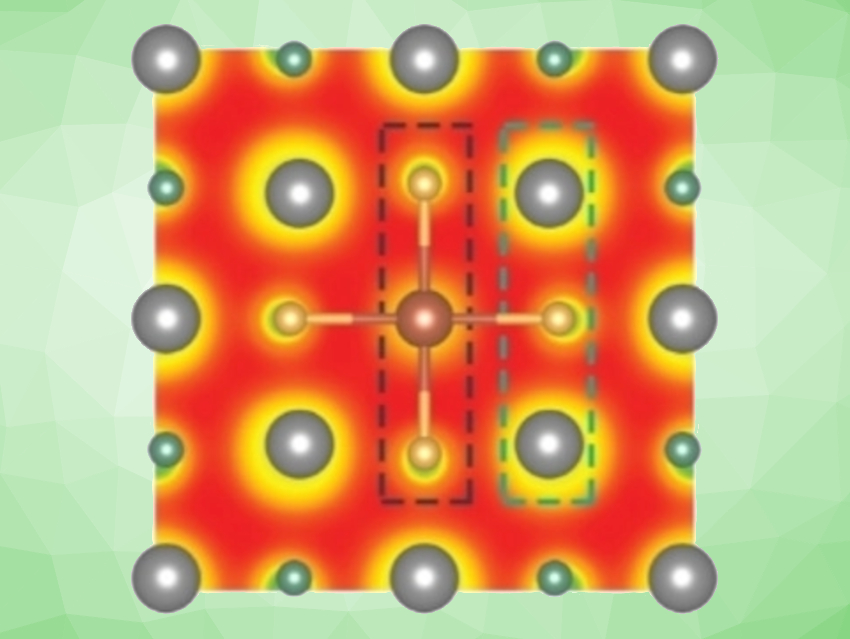Polymer electrolyte fuel cells (PEFCs) can be an attractive green power source. They combine hydrogen and oxygen to generate electricity and water. However, there is a lack of low-cost and durable electrocatalysts to promote the sluggish oxygen reduction reaction (ORR) at the cathode.
Existing catalysts are often based on expensive platinum-group-metal nanoparticles dispersed on carbon supports. The high cost of the metals has led to the replacement of platinum or platinum alloys with N- and C-coordinated transition metals dispersed in a carbon matrix (e.g., Fe-N-C) as inexpensive ORR electrocatalysts. However, carbon supports can undergo oxidative degradation during fuel cell start-up/shutdown.
Vijay Ramani, Rohan Mishra, Washington University in St. Louis, MO, USA, and colleagues have found that optimizing the composition of nitrogen-coordinated transition-metal clusters embedded in a stable and corrosion-resistant carbide matrix can provide an ORR electrocatalyst with enhanced activity and stability compared with Fe-N-C catalysts. The team performed calculations to identify an electrostatics-based descriptor of catalytic activity. Using this approach, they predicted that Fe-N clusters embedded in a TiC matrix would be an efficient and durable platinum-group metal-free ORR electrocatalyst.
Selected catalyst formulations were synthesized and demonstrated excellent agreement with the predictions. An Fe-N-TiC catalyst showed a 20 % enhanced activity and 3.5-fold higher durability compared with a traditional Fe-N-C catalyst. This shows that the electrostatics-based descriptor is useful for the design of active and stable platinum-group metal-free electrocatalysts.
- Metal‐Nitrogen‐Carbon Cluster-Decorated Titanium Carbide is a Durable and Inexpensive Oxygen Reduction Reaction Electrocatalyst,
Sung Beom Cho, Cheng He, Shrihari in Sankarasubramanian, Arashdeep Singh Thind, Javier Parrondo, Jordan A. Hachtel, Albina Y. Borisevich, Juan-Carlos Idrobo, Jing Xie, Vijay K. Ramani, Rohan Mishra,
ChemSusChem 2021.
https://doi.org/10.1002/cssc.202101341




